|
History: Women in the Civil War From Slave Mothers & Southern Belles to Radical Reformers & Lost Cause Ladies Selections from Virginia: A Visit from Old Mistress 1876 Winslow Homer Oil on canvas Today, contemporary artists like Carrie Mae Weems have begun to explore some of the many Mardi Gras traditions rooted in the post-Civil War fallout. In several elements of her installation, The Louisiana Project, Weems explores the legacy of antebellum race and gender dynamics, including those specifically related to Mardi Gras. In a powerful photograph entitled Missing Link: Despair, Weems tackles the racism tied to early costume designs such as Gorilla from the 1873 “Missing Links” Comus parade. In the photograph, Weems, dressed in a suit wearing the gorilla mask, hides both her racial and sexual identity, highlighting the traditions of masking that take place during Mardi Gras. Though her costume alludes to the racist 1873 gorilla costume, Weems reverses both race and gender roles, by masking her identity as an African American woman and asserting the idea that she could be anyone under her costume.
Selections from Virginia: Lincoln Speaks to Freedmen on the Steps of the Capital at Richmond 1963 Gus Nall Oil on canvas 39.62 x 29.5 in. Resurrection of Henry Box Brown 1872 Unknown Artist (after a lithograph by Peter Kramer, 1851) Engraving A Ride for Liberty -- The Fugitive Slaves 1862 Eastman Johnson Oil on paper board 55.8 x 66.4 cm Slave Hunt: Dismal Swamp, Virginia
1862 Thomas Moran Oil on canvas 85.73 cm x 111.76 cm The Great Dismal Swamp and the Underground Railroad |
JULIE W FISHERThese research links have been compiled in the areas of photography, genealogy, and Archives
October 2019
Categories |

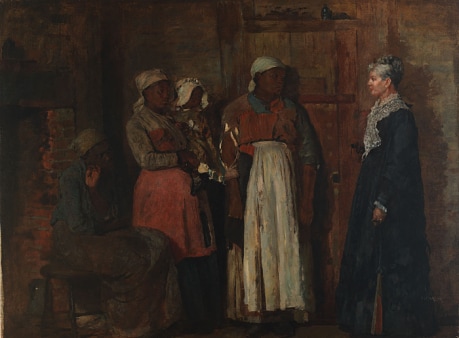
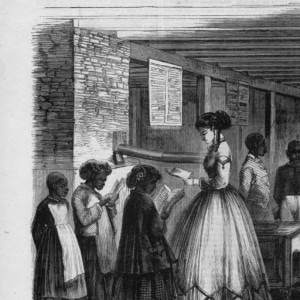
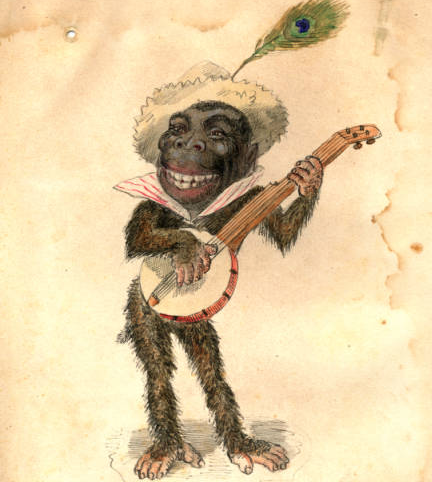
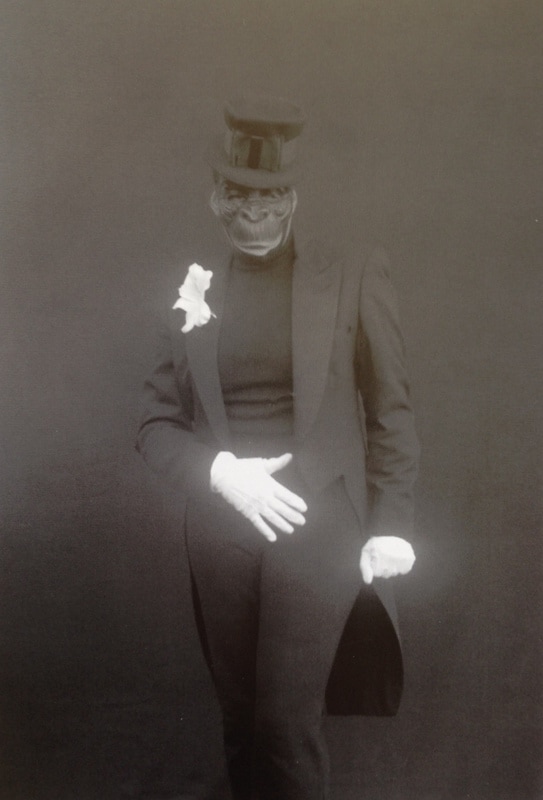
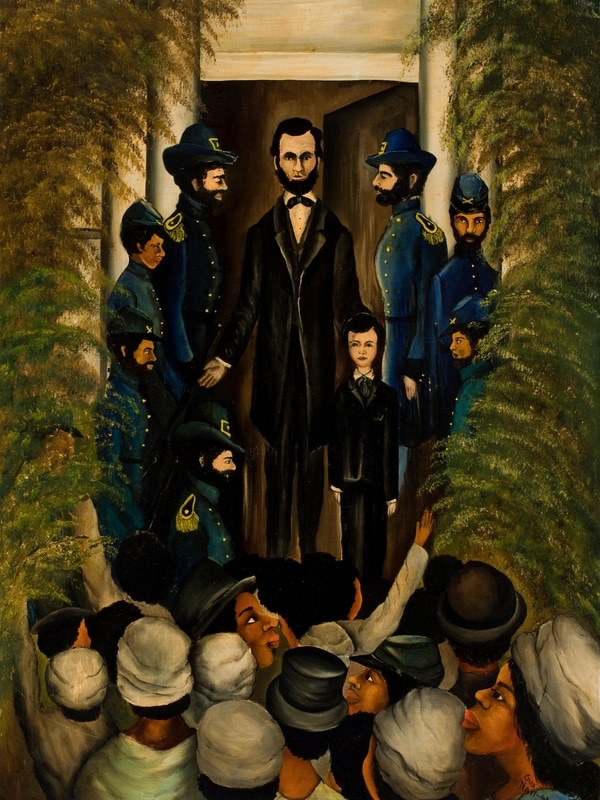
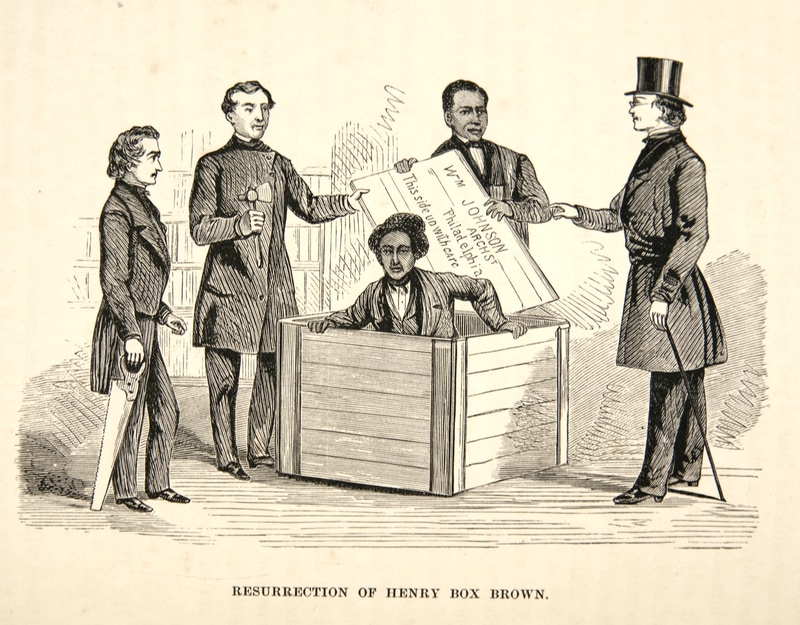
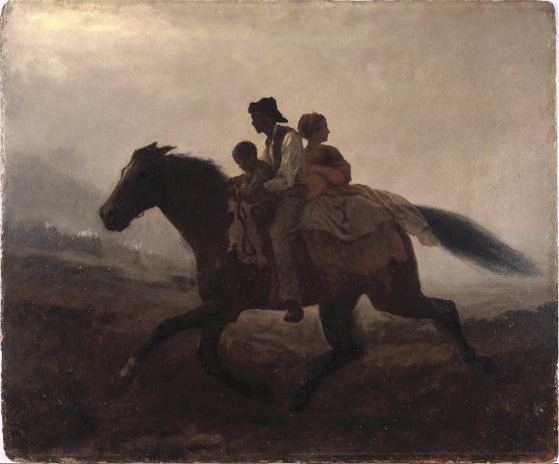
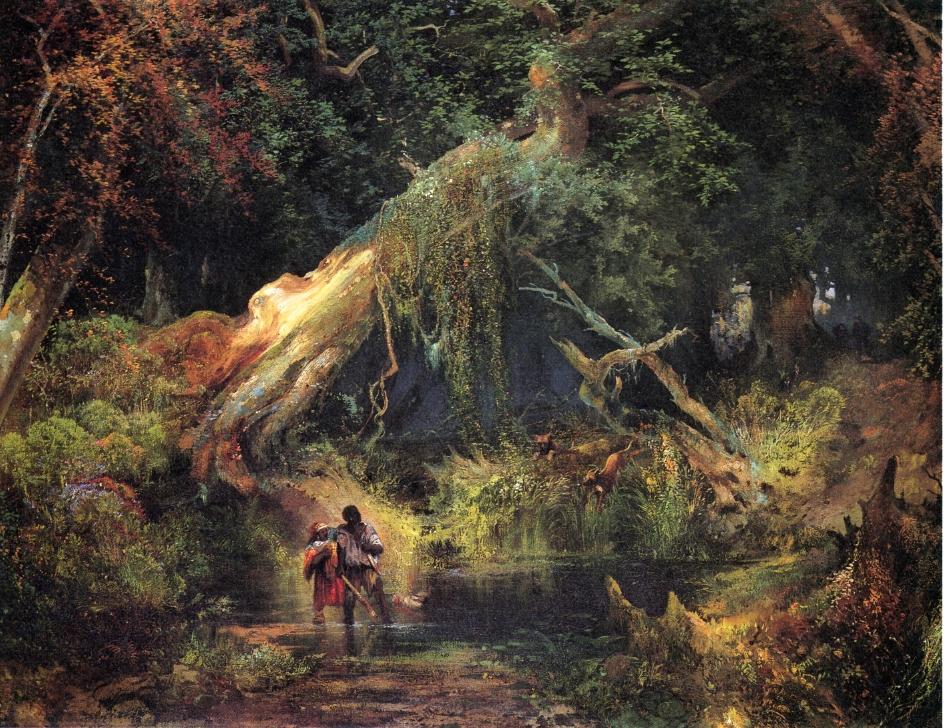
 RSS Feed
RSS Feed
